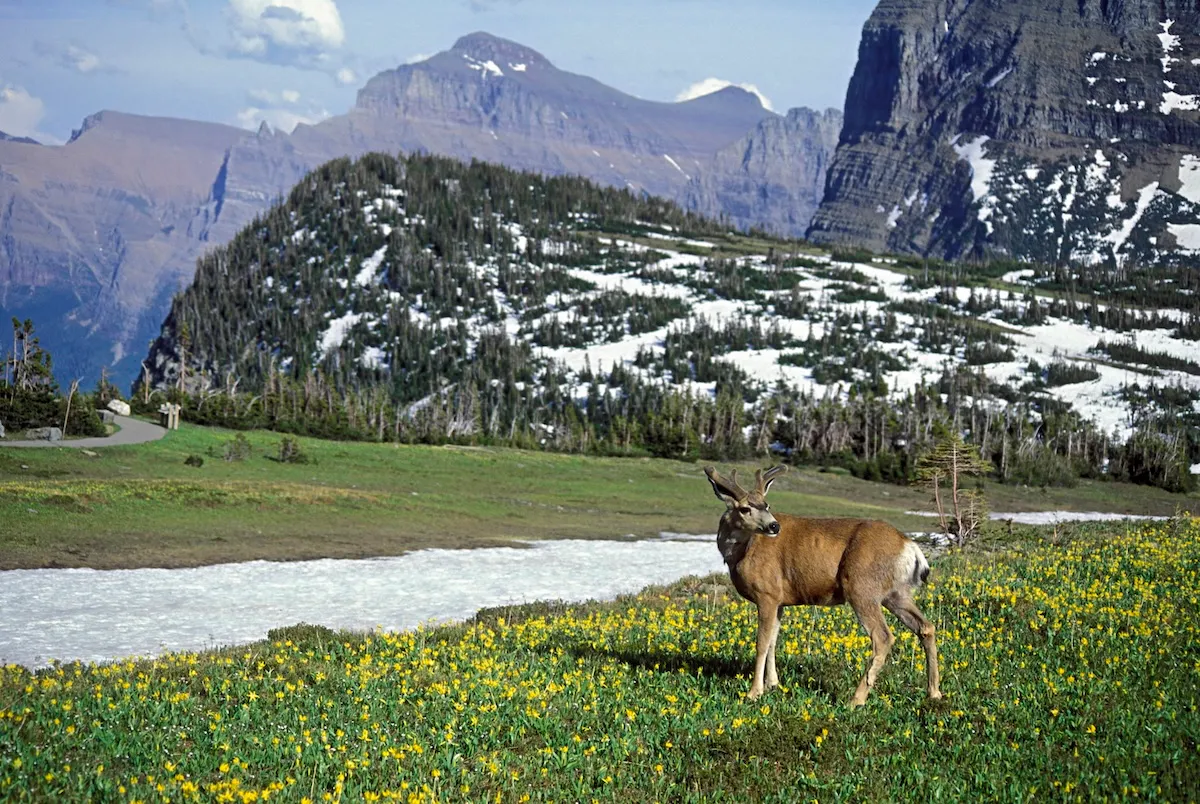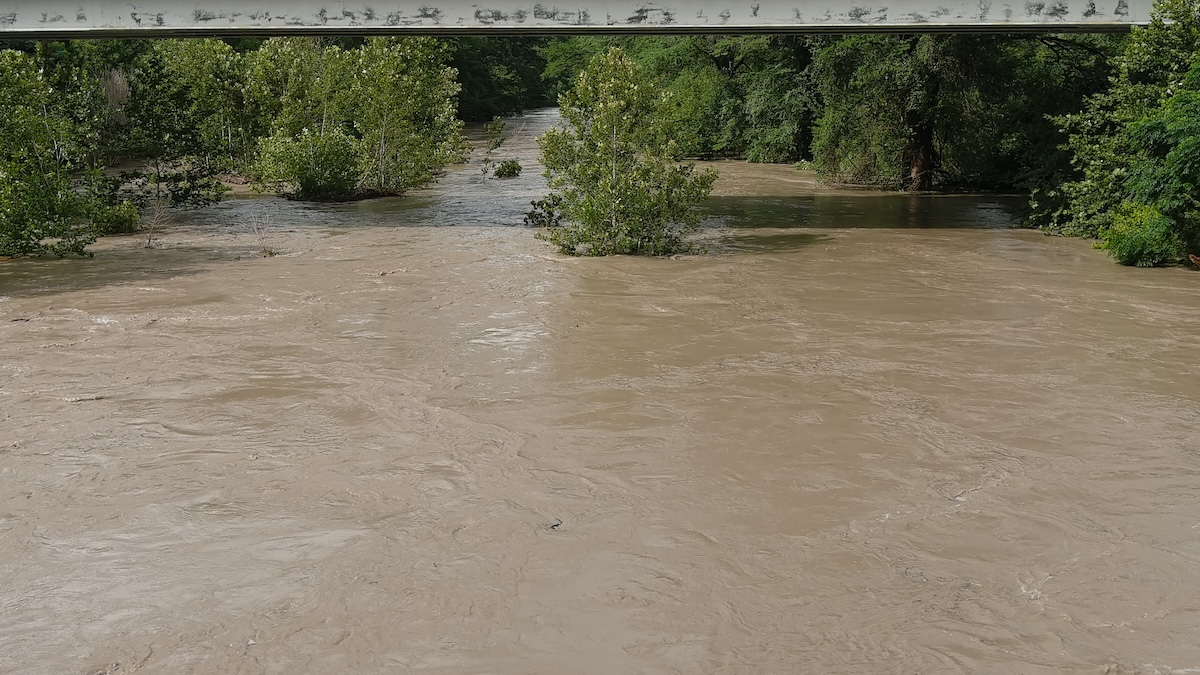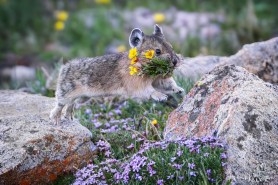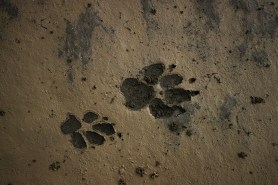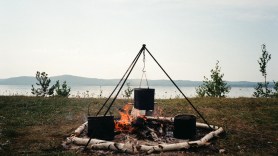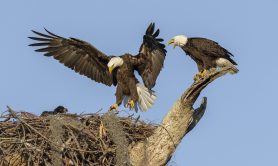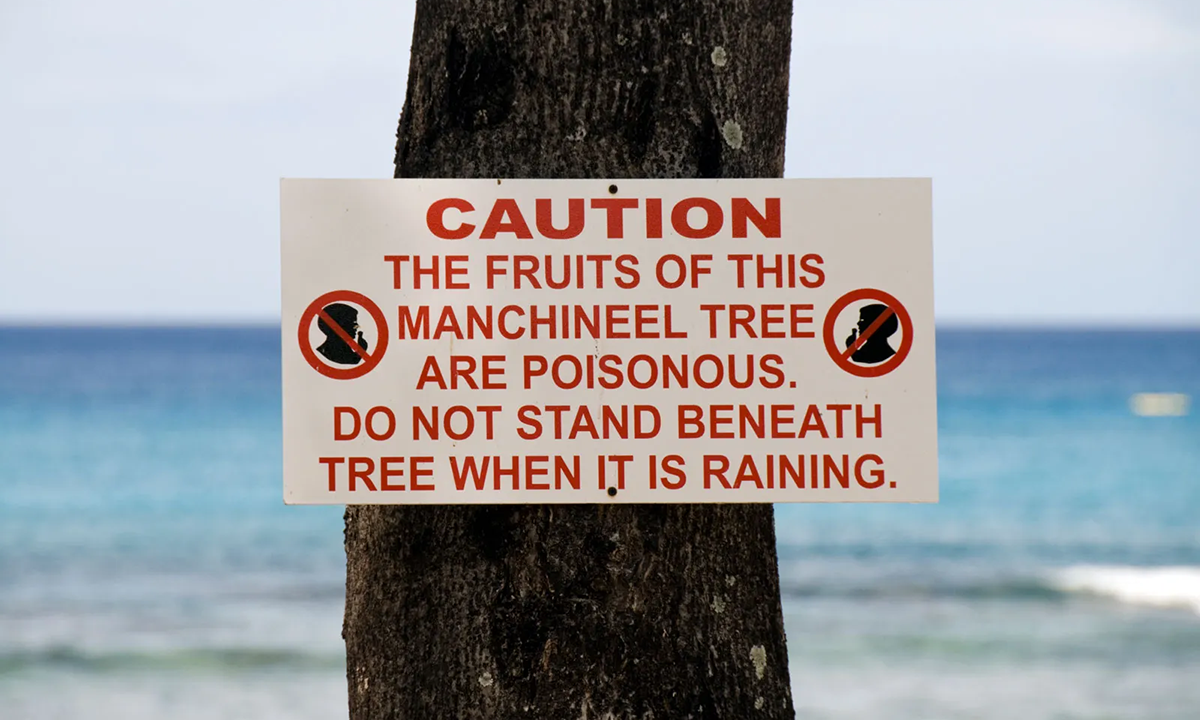

You’ve heard of poison ivy and poison oak, but these are just two of many harmful plants you might come across in your outdoor adventures in North America.
Videos by Outdoors
As you hike, bike, climb, fish, camp, and frolic, beware of these dangerous plants—they’re harmful for humans to touch and/or ingest, and each of them grows somewhere in North America. Learn how to identify them so you don’t accidentally get hurt.
Castor Bean Plant
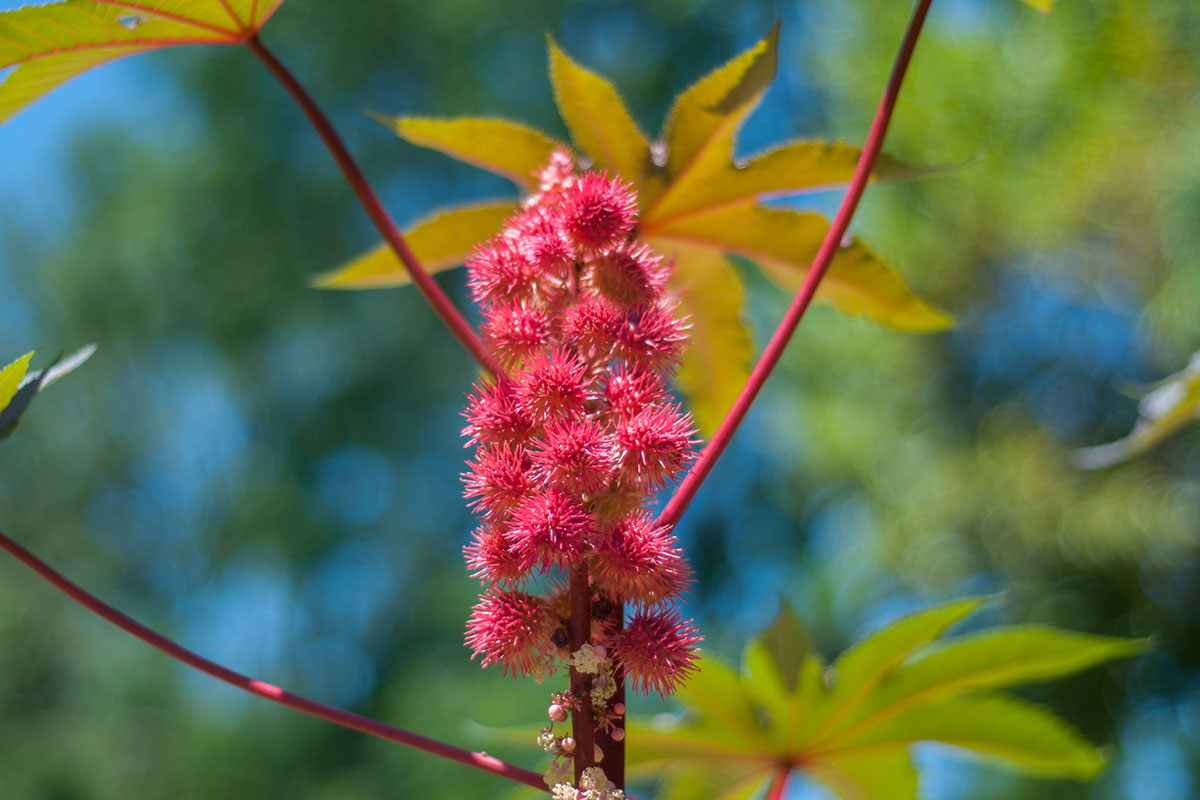
Castor oil may be safe to ingest if you need a laxative, but parts of the castor bean plant are extremely dangerous. If you brush up against this plant, that may be enough to irritate your skin. It’s those seeds, though, that you want to stay far away from. Castor seeds contain ricin, a natural toxin that’s 6,000 times more poisonous than cyanide and 12,000 times more poisonous than rattlesnake venom, according to the University of Wisconsin-Madison. Castor bean seed pods look different depending on the variety, and they range in color from bright red to pink or peach, with leaves that range from green to purple.
Giant Hogweed
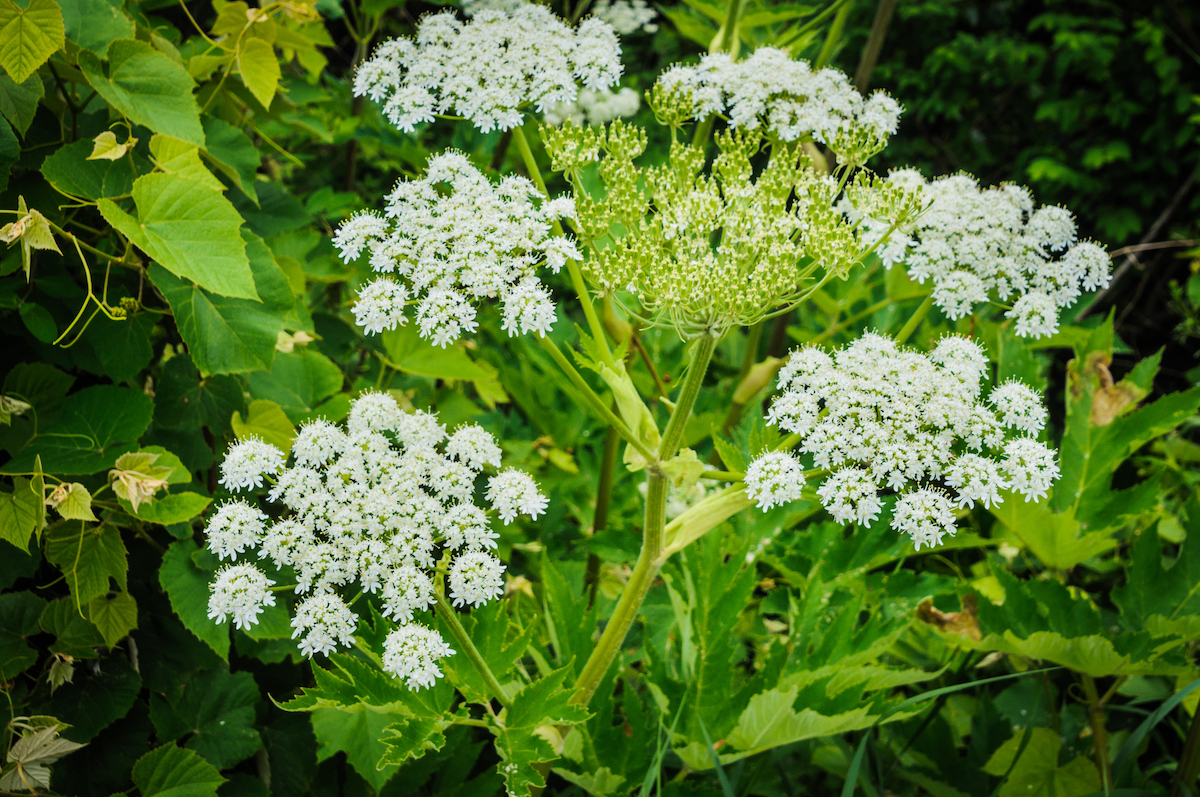
This plant isn’t supposed to grow in North America, but it does, so beware. Mostly found in the northeast U.S., giant hogweed produces toxic sap that can cause severe skin irritation and blindness. It’s a member of the same family of plants as carrots, but if sap from a broken leaf or stem touches your skin, giant hogweed will ruin your week, causing lesions and blisters that could even leave the affected area sensitive to UV light for years to come.
Manchineel Tree
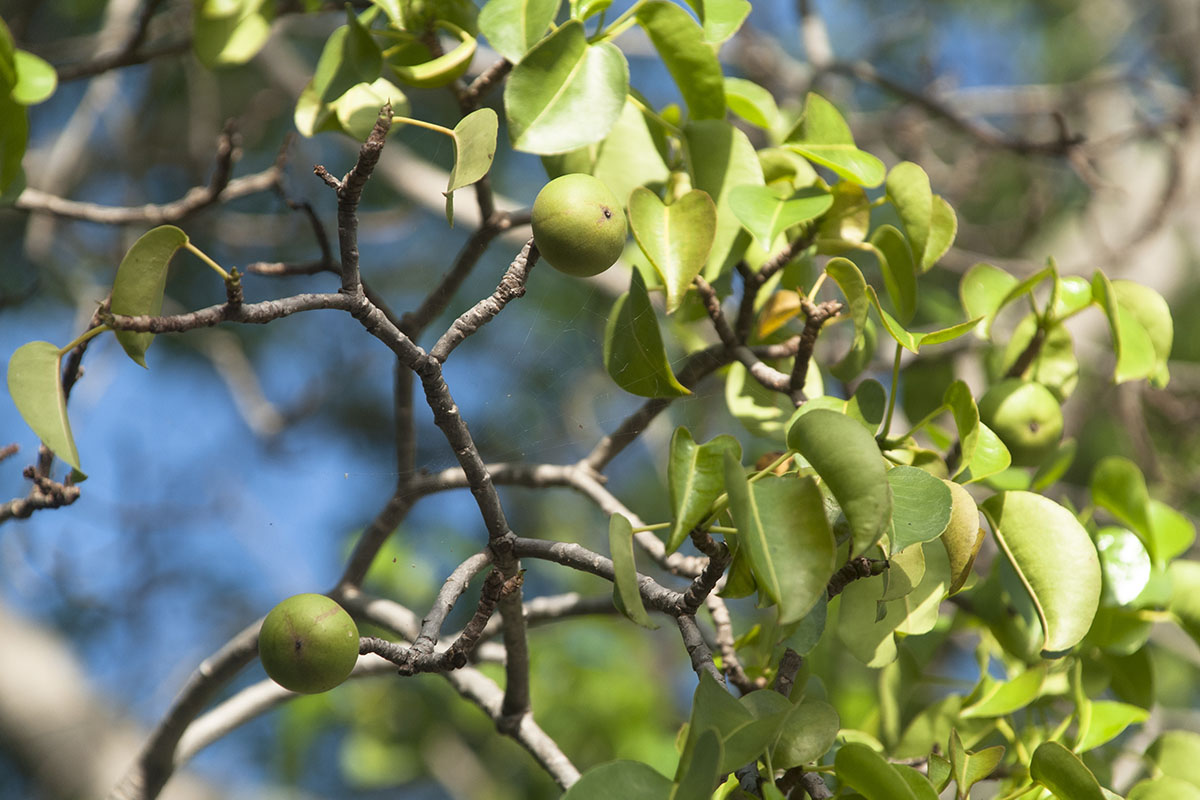
If you’re ever at the beach in southern Florida and fancy a little green apple thingy growing on a tree, don’t. The manchineel tree has been called the most dangerous tree in the world, and its “beach apples” are straight-up deadly. Most parts of this tree are poisonous—the milky sap will make your skin very angry and that sweet-smelling fruit could end your life. Even standing under this tree during a rainstorm could be dangerous, since the raindrops falling through the foliage above you might collect toxins that will burn your skin on contact.
Poison Ivy, Poison Oak, and Poison Sumac
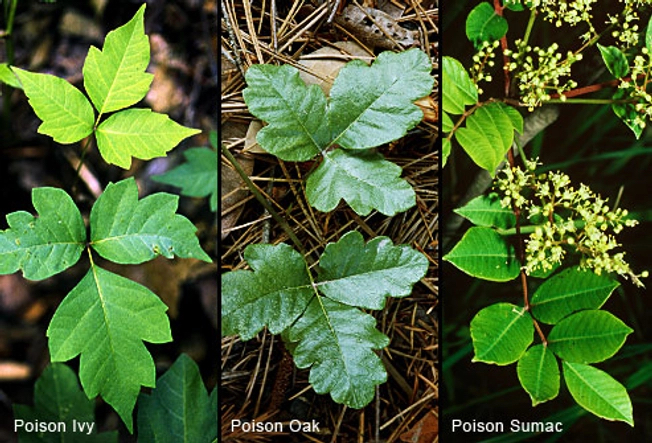
Touching any of these common poisonous plants will leave you wishing you hadn’t. Poison ivy, poison oak, and poison sumac all produce urushiol oil, a nasty substance that pretty much everyone is allergic to. All three of these offenders cause an itchy skin rash that includes redness, swelling, and blisters. Poison ivy and poison oak look similar and have three leaflets (remember that saying “leaves of three, let them be”?). Poison sumac doesn’t follow those rules and has clusters of up to 13 leaflets arranged in pairs.
Water Hemlock
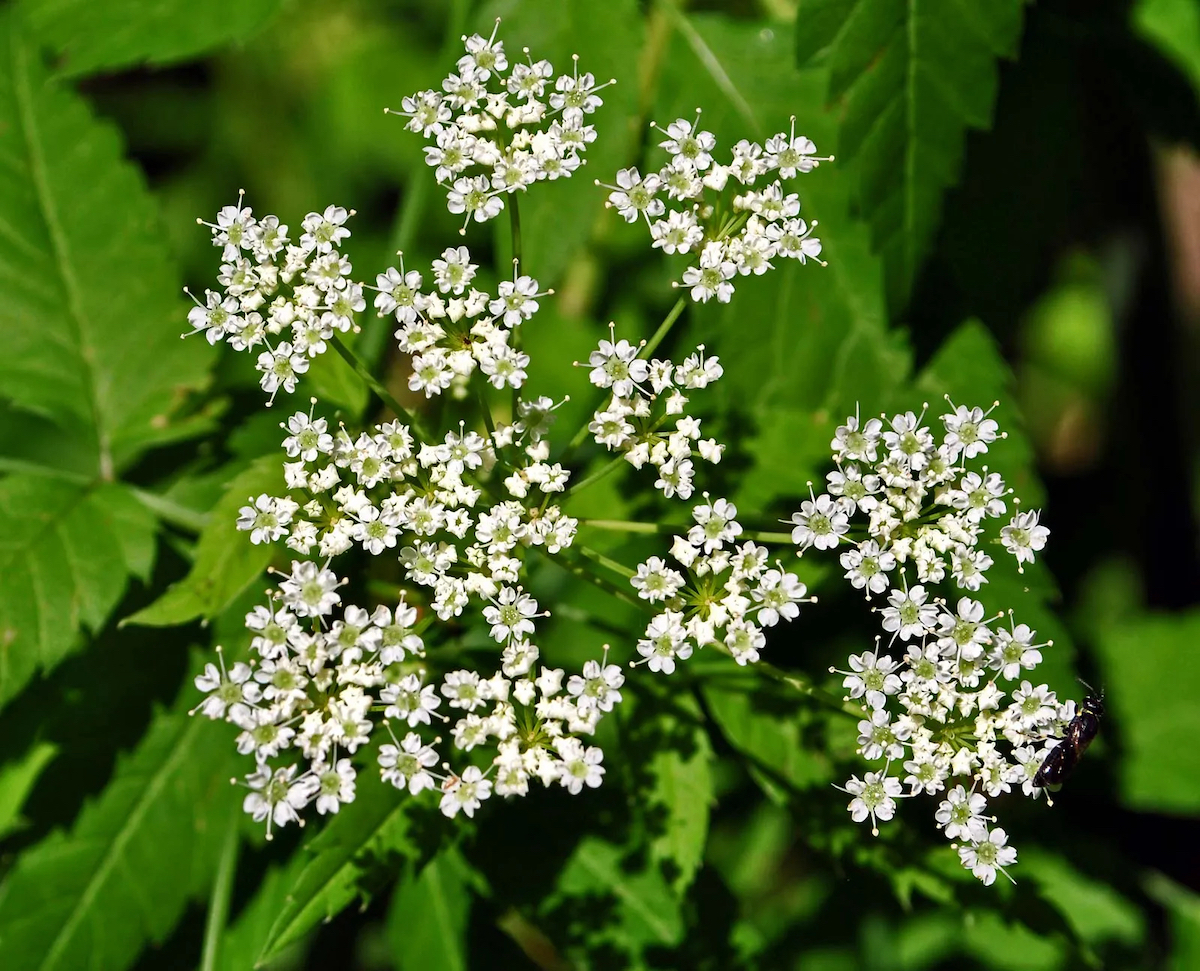
Water hemlock plants are a group of toxic plants related to parsley that grow in wet places in North America (and elsewhere). For water hemlock to be dangerous, you must consume it. Unfortunately, people do sometimes consume it by accident, because these plants look similar to wild edibles like carrots and celery. If you consume water hemlock, it could kill you in just 15 minutes. Compared to wild carrots, water hemlock’s white flowers are not as tightly clustered and the stems have purple splotches.
In general, whether you’re foraging for wild edibles or simply spending time out in nature, be aware of your surroundings, do your research before you handle or eat plants, and never underestimate Mother Nature.
